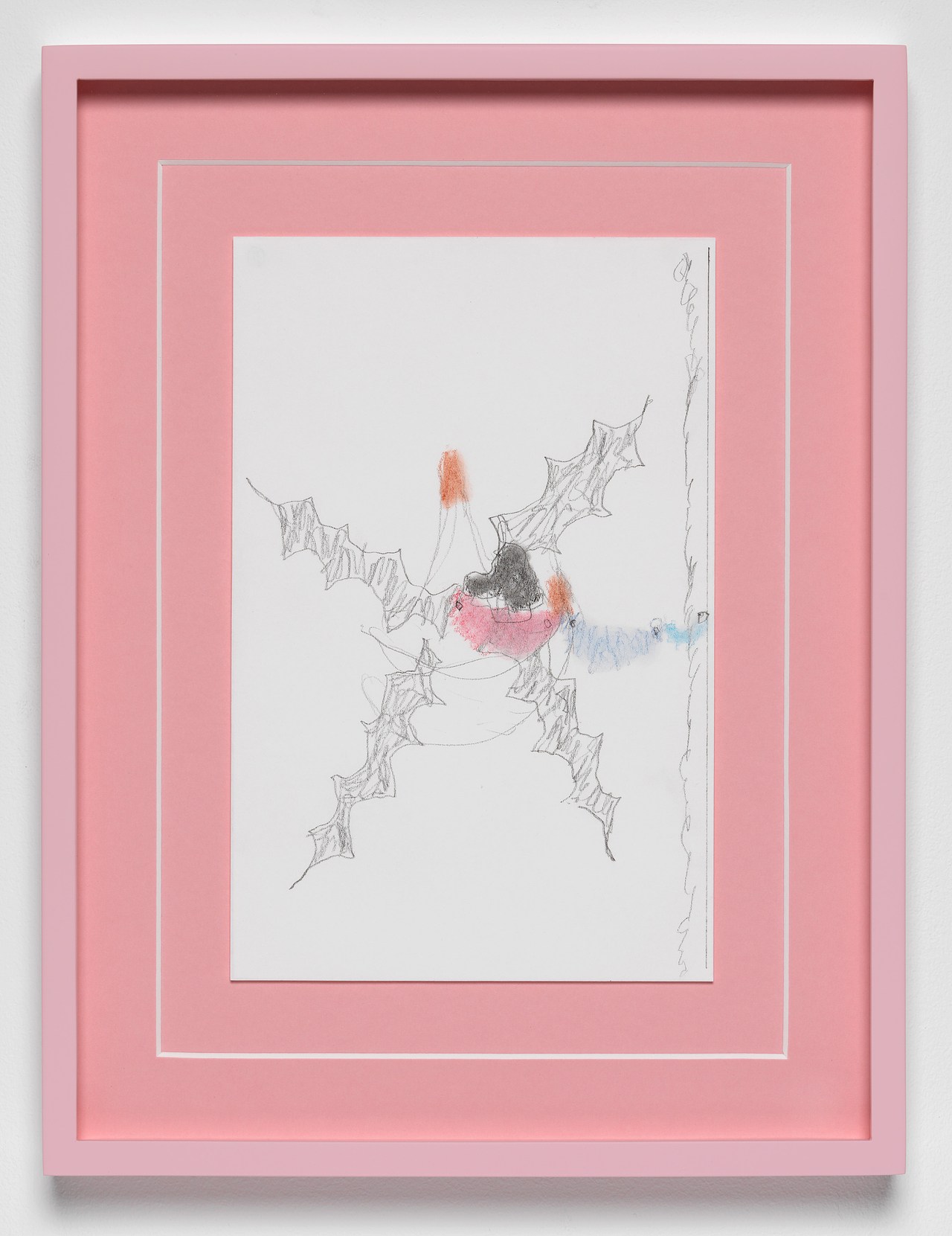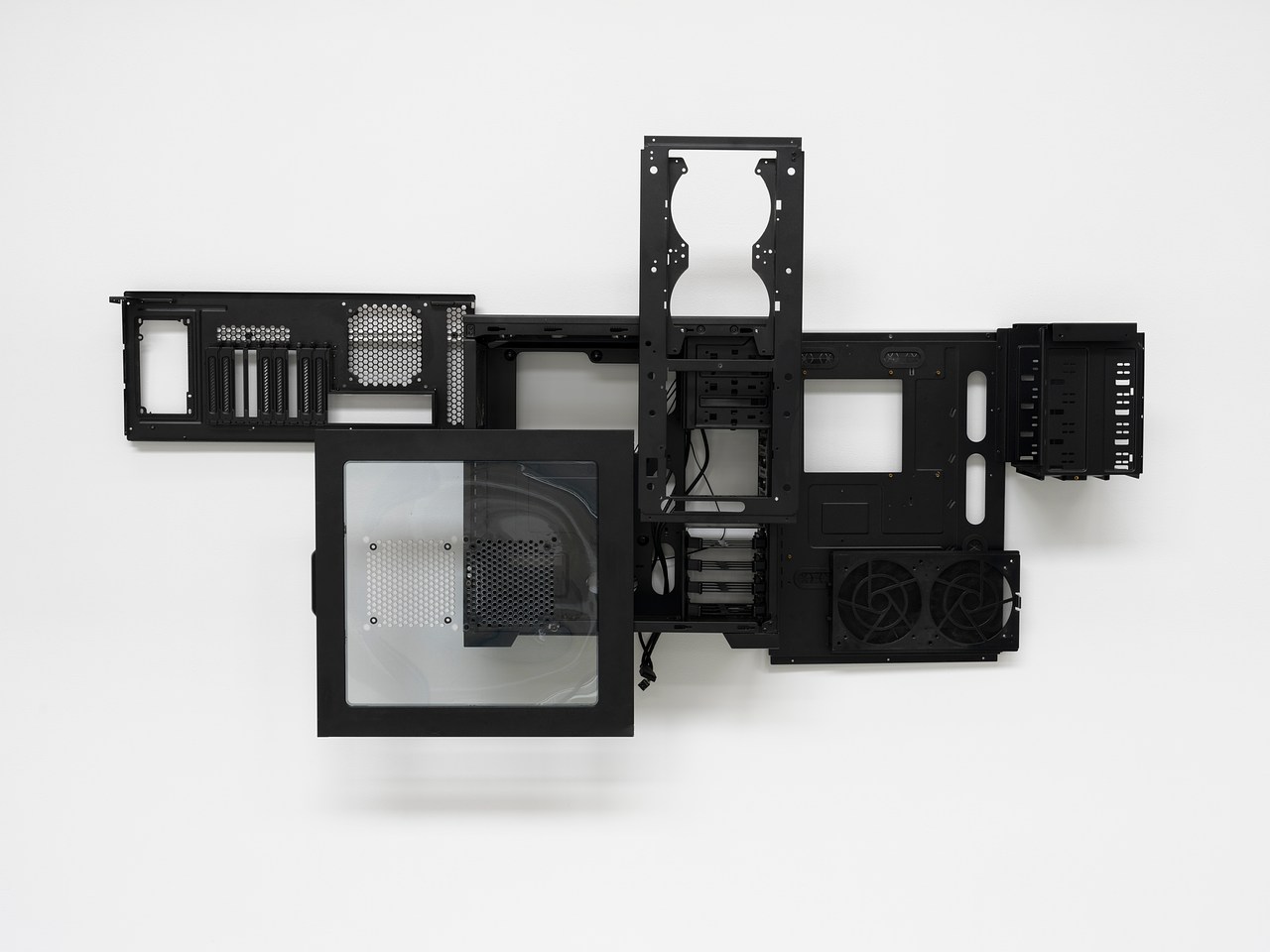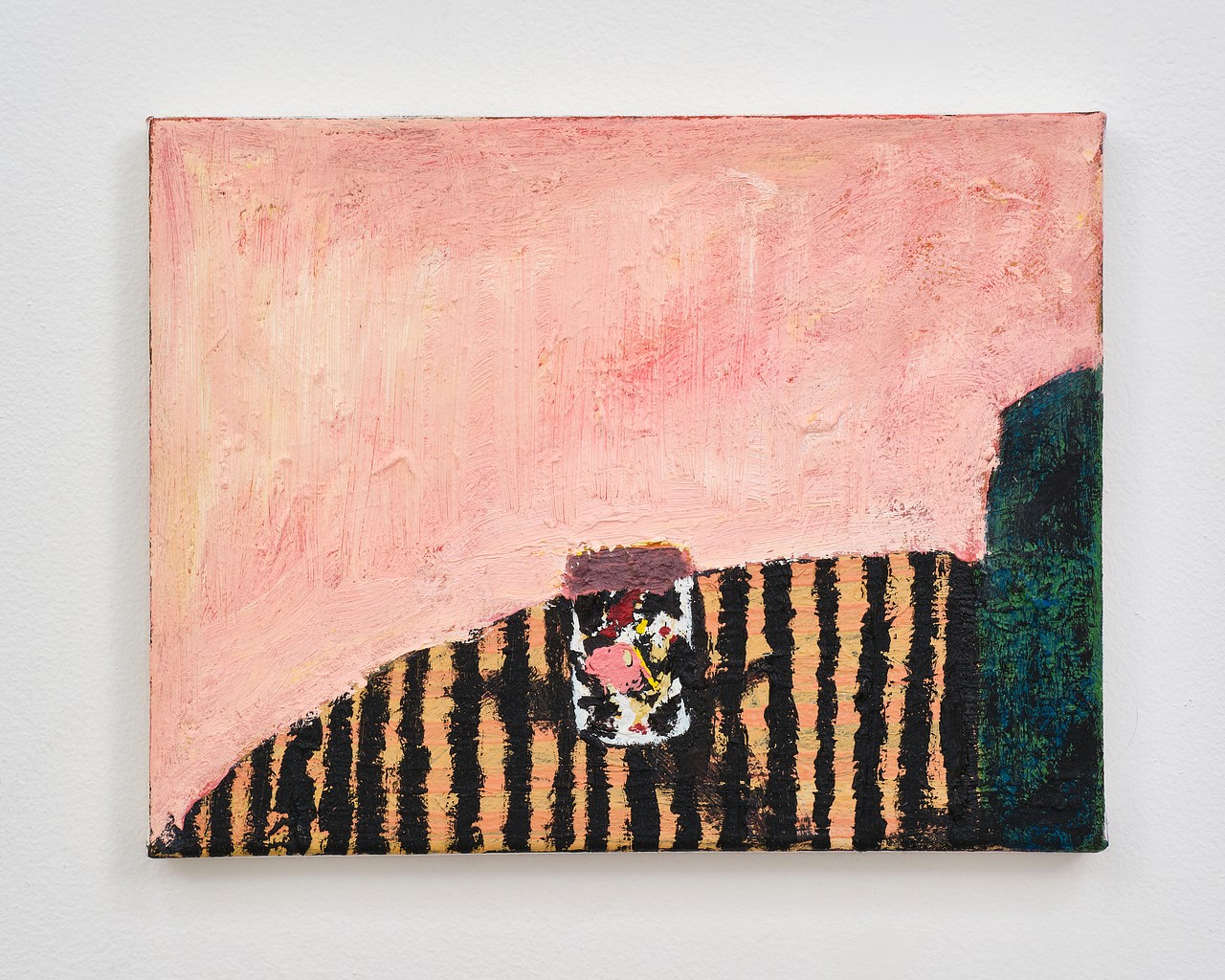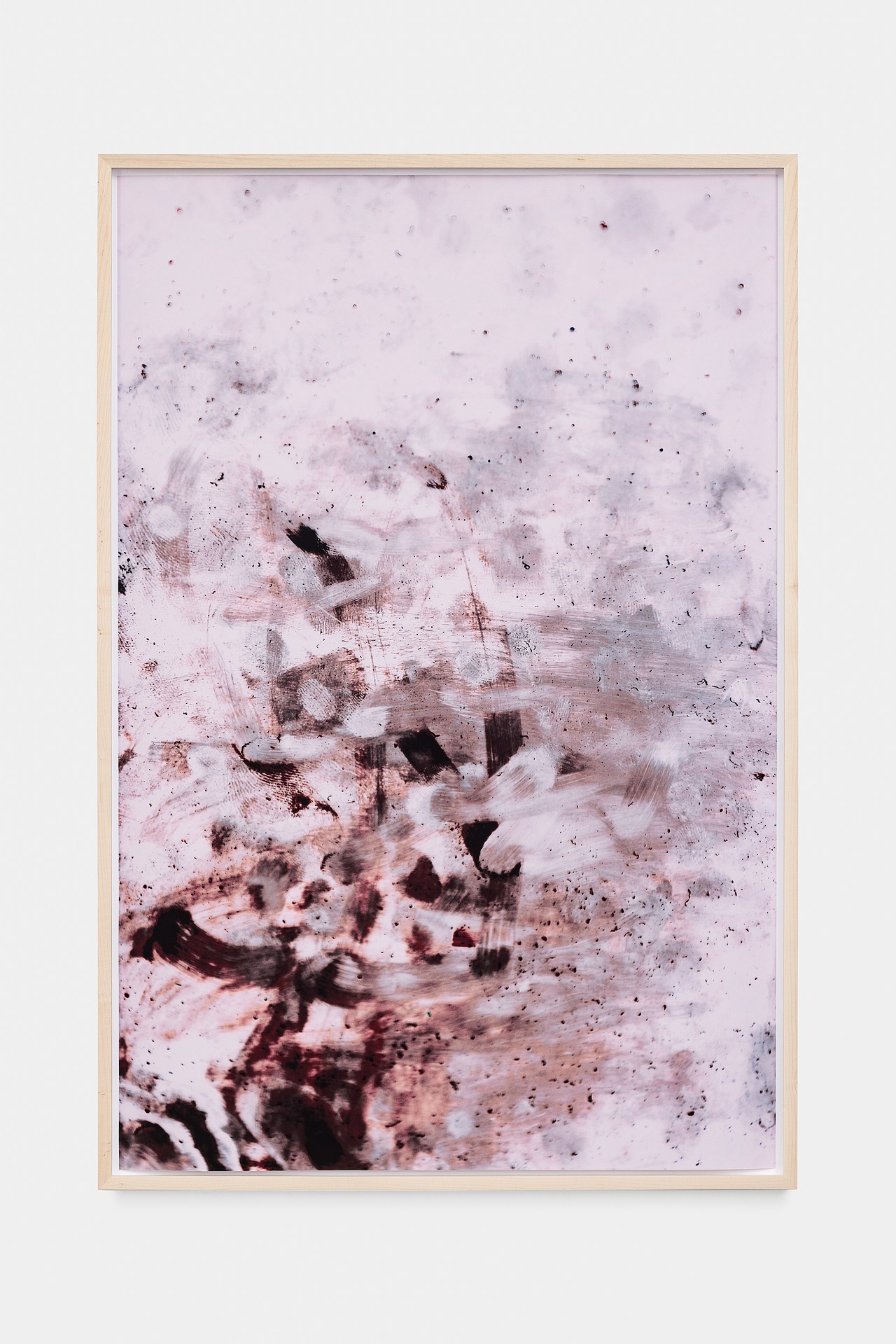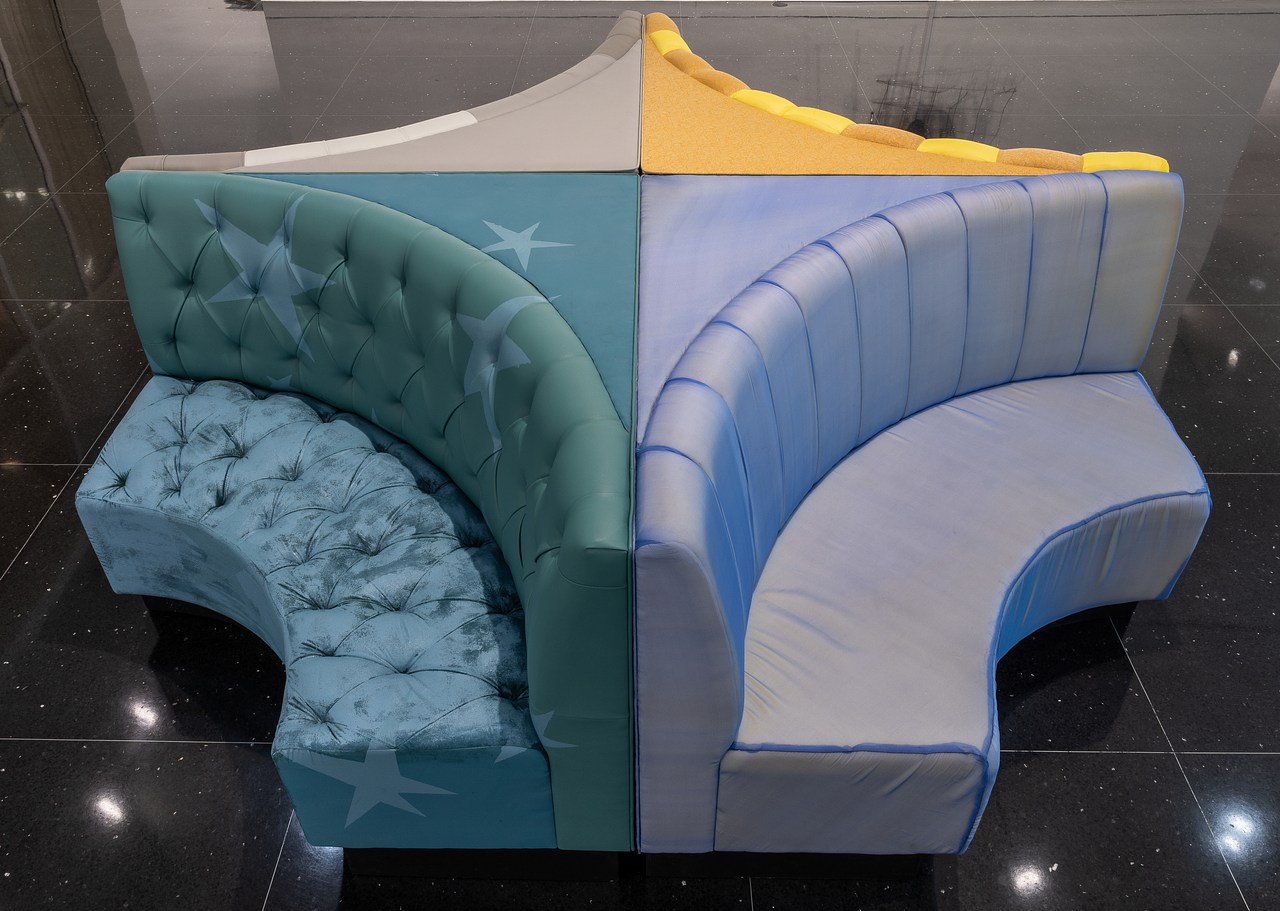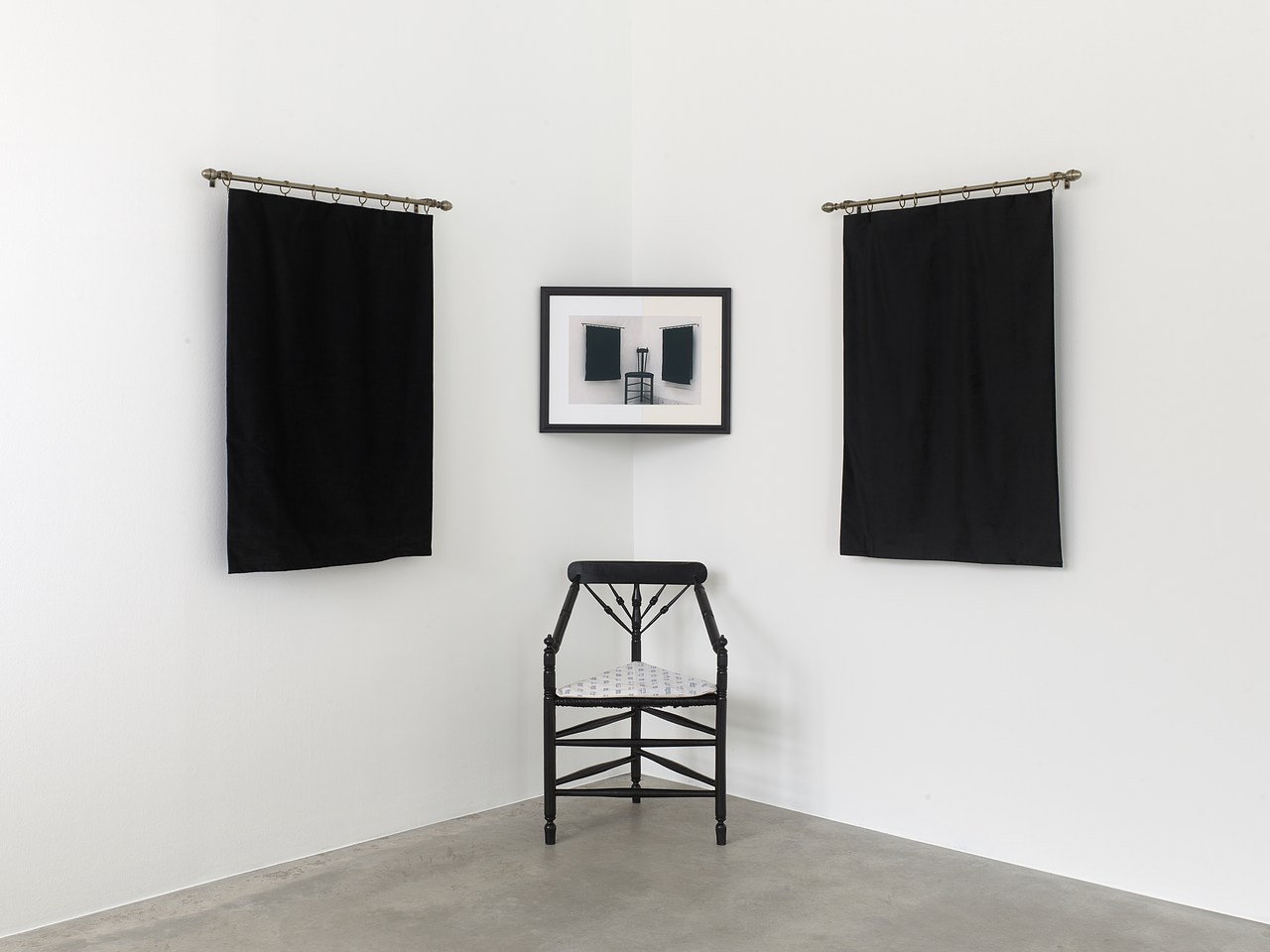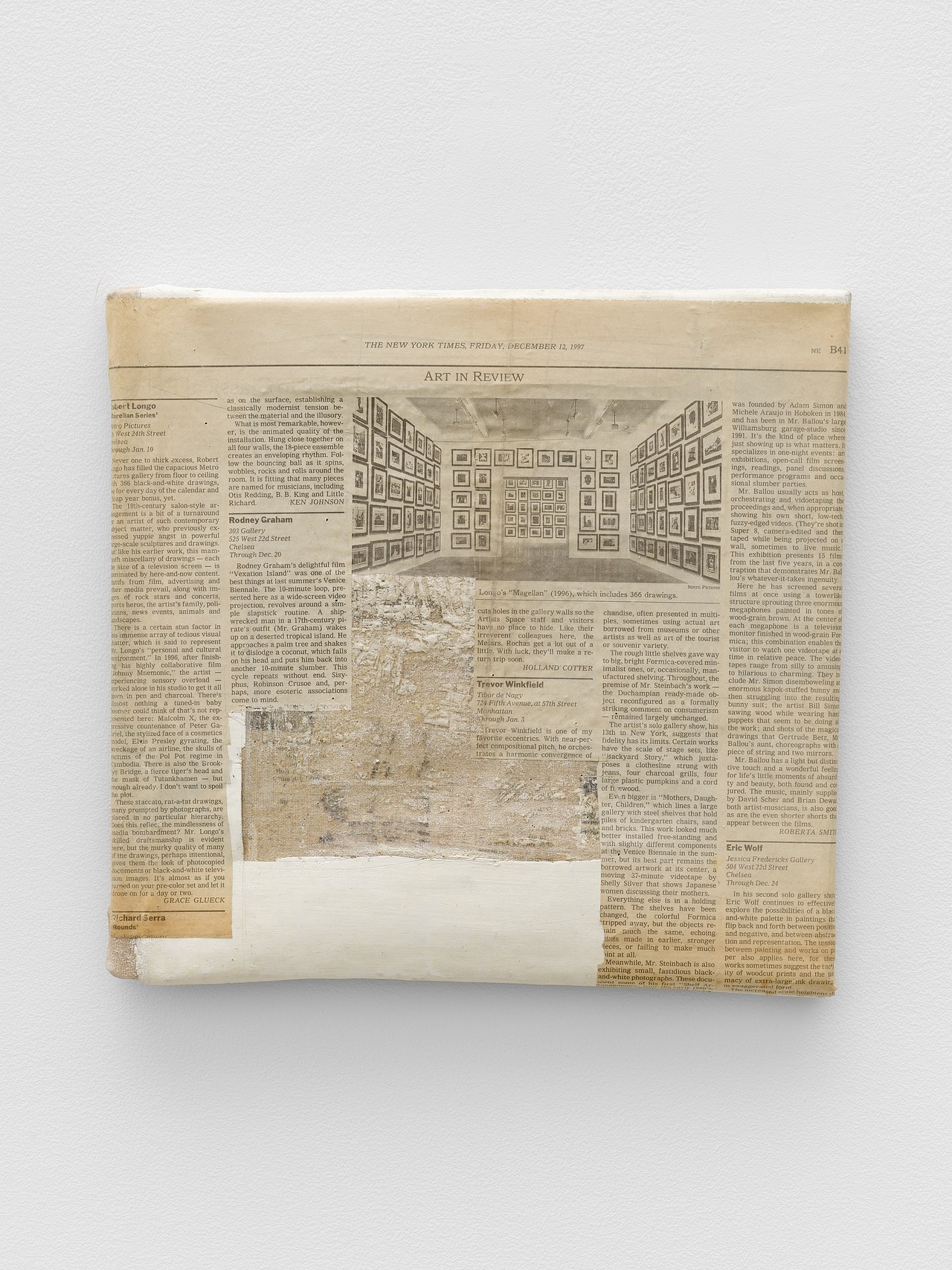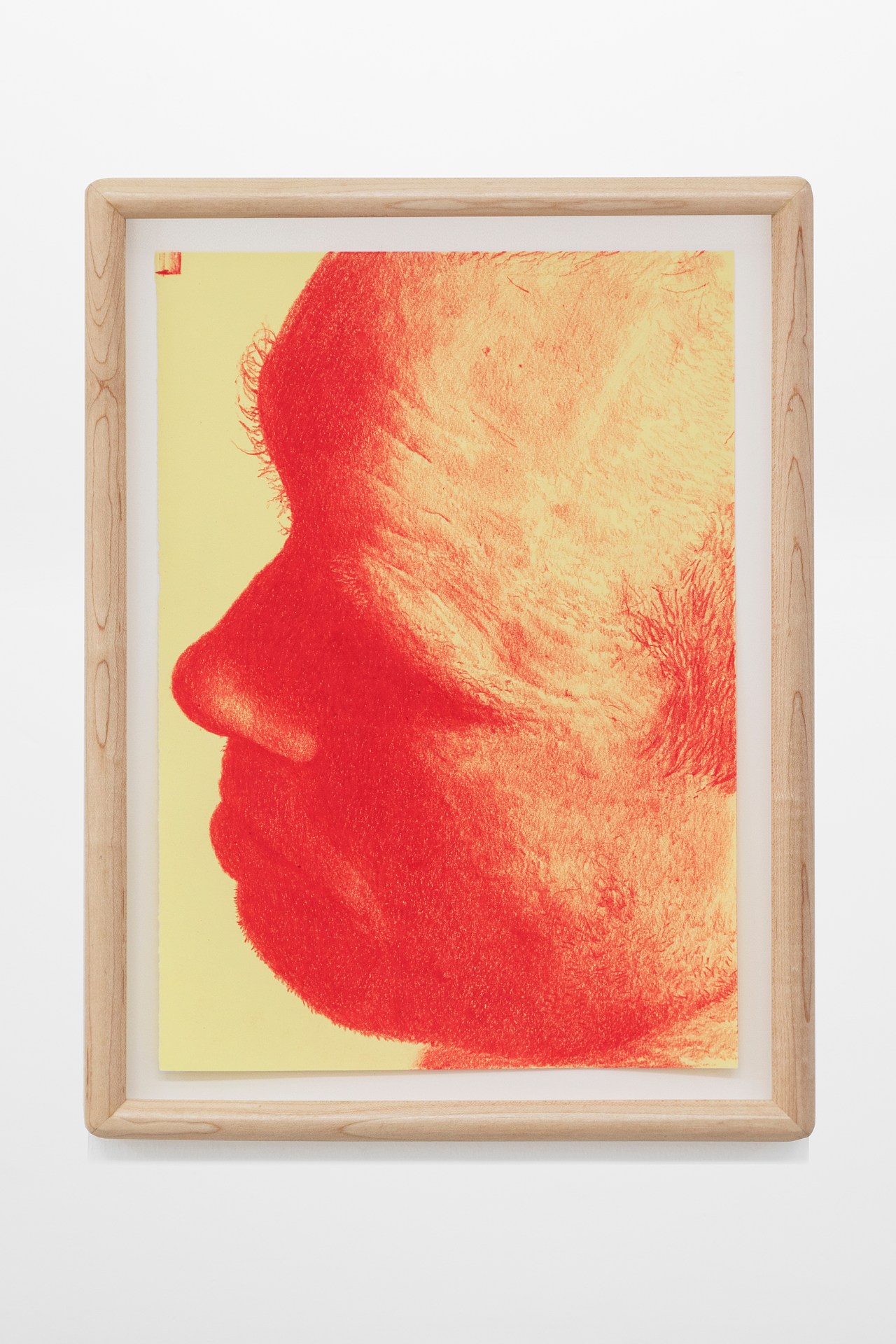For close to 30 years—up until last week—courts have wrestled with the question of when artists can borrow from previous works by focusing in large part on whether the new work was “transformative”: whether it altered the first with “new expression, meaning or message” (in the words of a 1994 Supreme Court decision). In blockbuster case after blockbuster case involving major artists such as Jeff Koons and Richard Prince, lower courts repeatedly asked that question, even if they often reached disparate results.
But in a major decision last week involving Andy Warhol, the Supreme Court pushed this pillar of copyright law to the background. Instead, the Court shifted the consideration away from the artistic contribution of the new work, and focused instead on commercial concerns. By doing so, the Court’s Warhol decision will significantly limit the amount of borrowing from and building on previous works that artists can engage in.
The case involved 16 works Andy Warhol had created based on a copyrighted photograph taken in 1981 by celebrated rock and roll photographer Lynn Goldsmith of the musician Prince. While Goldsmith had disputed Warhol’s right to create these works, and by implication the rights of museums and collectors to display or sell them, the Supreme Court decided the case on a much narrower issue.
When Prince died in 2016, the Warhol Foundation (now standing in the artist’s shoes) had licensed one of Warhol’s silkscreens for the cover of a special Condé Nast magazine commemorating the musician. Explicitly expressing no opinion on the question of whether Warhol had been entitled to create the works in the first place, the Court ruled 7-2 that this specific licensing of the image was unlikely to be “fair use” under copyright law.
This is not necessarily a problematic result, given that Goldsmith also had a licensing market. Yet despite the Court’s attempt to limit itself to the narrow licensing issue instead of deciding whether Warhol’s creation of the original canvases was permissible, the reasoning of the decision has far broader and more troubling implications.
Copyright
© Art News







